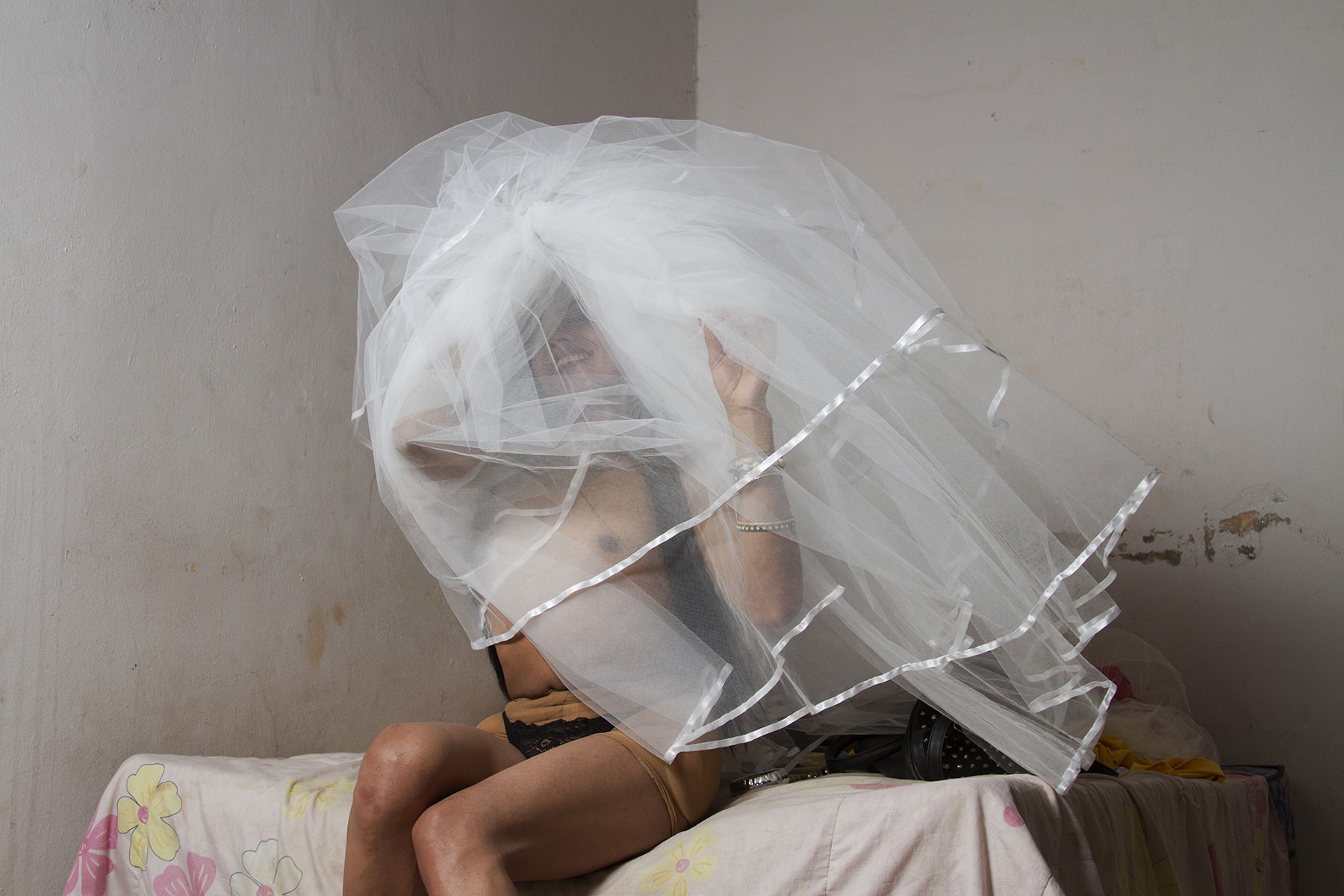
Being Muxe: photography as a way of discovering the identity
For Nelson Morales, the camera has been a tool to get closer to other people, understand his own culture and discover his own Muxe identity. He grew up in a village in the Isthmus of Tehuantepec in Oaxaca and said he always wanted to be an artist, although he didn’t know exactly what kind of artist. He loved fashion magazines, buying them to look at the pictures. He also used to look at and review the family album so he could touch and smell the photos. When he grew up, he went to Mexico City to study social communication because he could also learn photography and graphic design. He fell in love with photography and the camera, and when he returned to town, he would take pictures at parties, especially of women. Photography helped him overcome a certain feeling of rejection towards his origins.
After a while, some people called him to take pictures. One of them was a friend who called him to take photos of muxes who would participate in a beauty contest. Nelson didn’t want to; he felt rejected. He says that he was very clear about his sexual orientation; Nelson didn’t want to be like the muxes. He thought that he would be like them if he got close to them.
However, he took them, and those photos opened many doors for him in the world of photography in Mexico. As he progressed in his training process, he realized that he needed to work on more personal projects, and so the camera became a tool for self-exploration. He began to take self-portraits, and with them, he began to understand his identity better; there was no longer a rejection of who he was but rather an understanding of who he was.
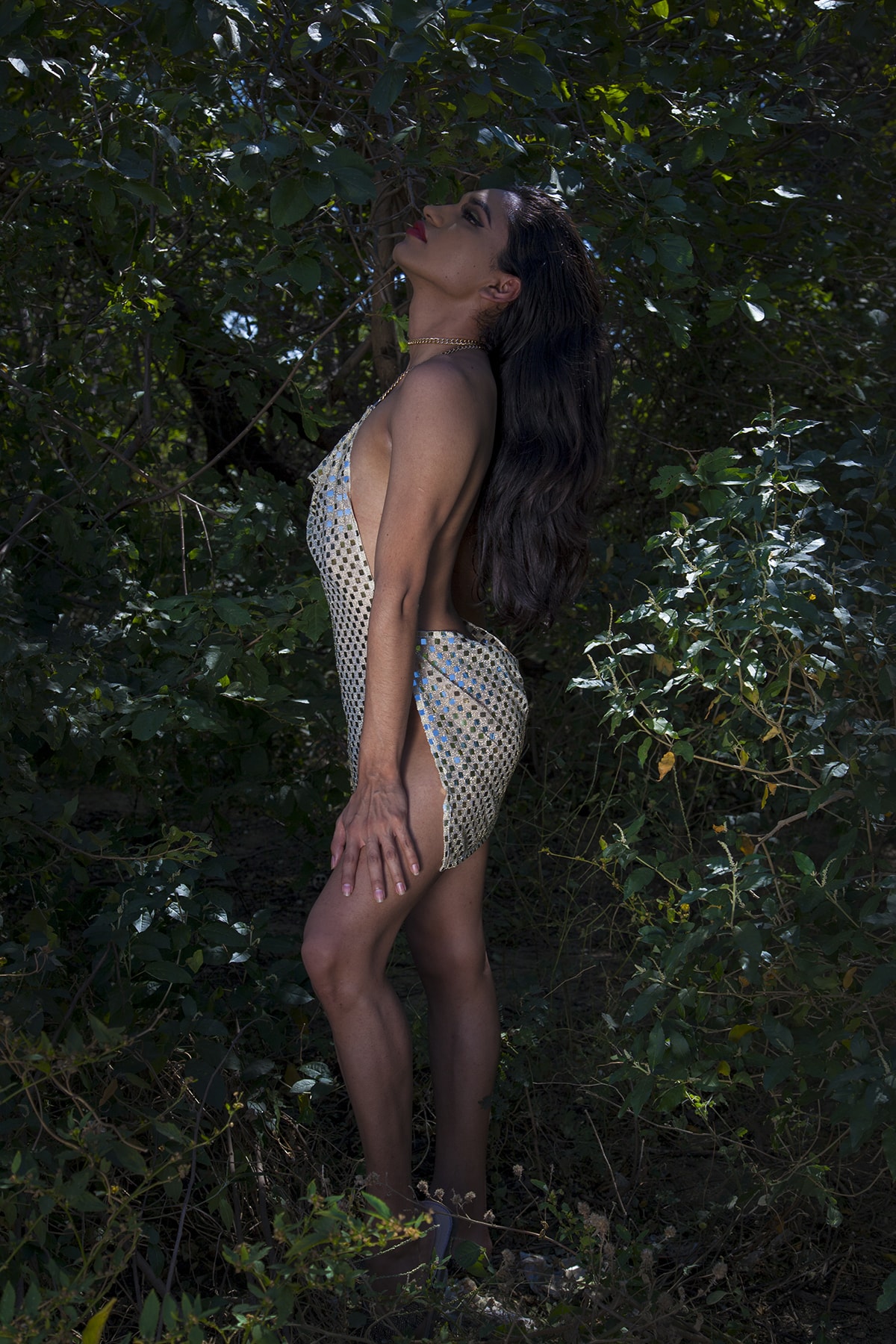
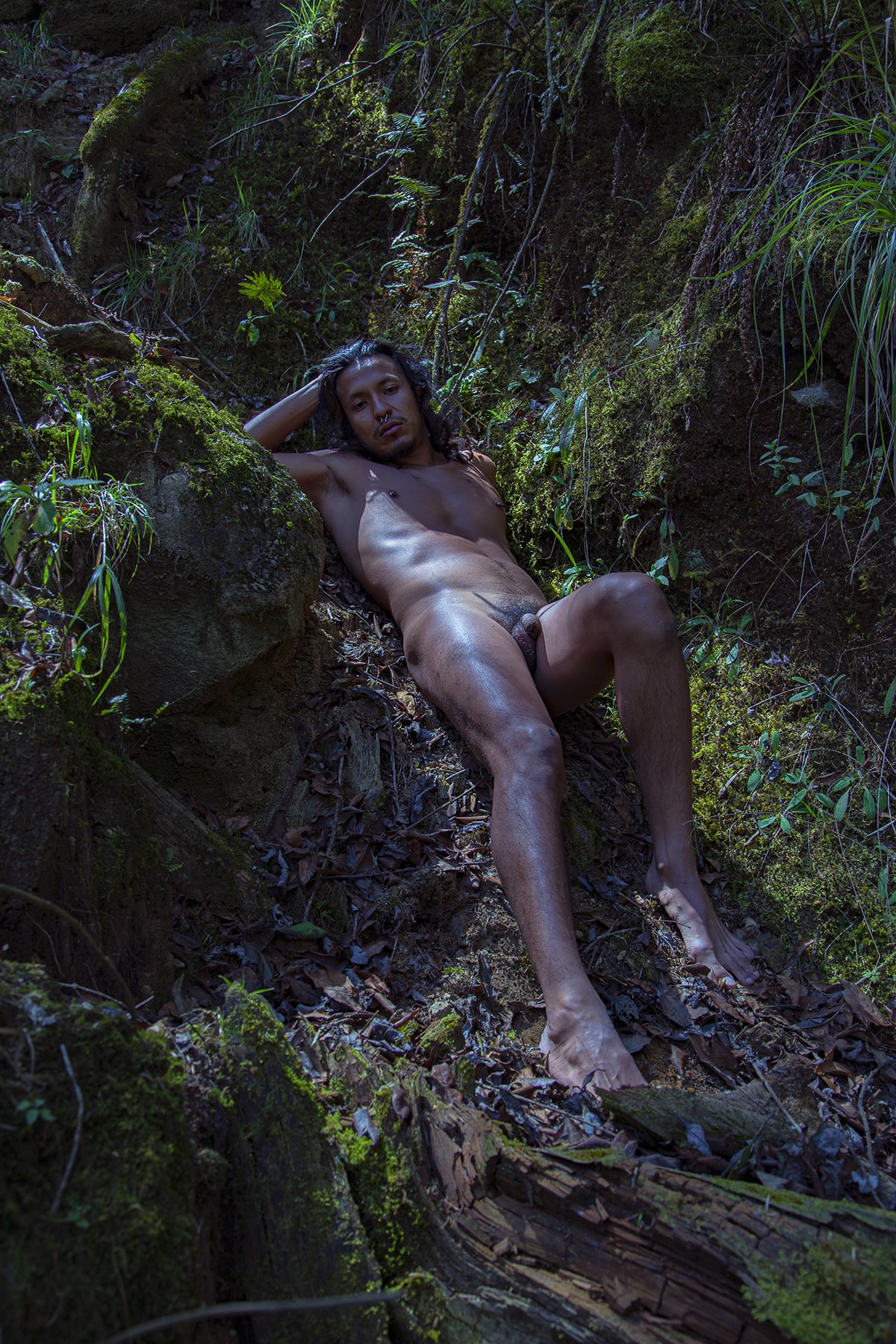

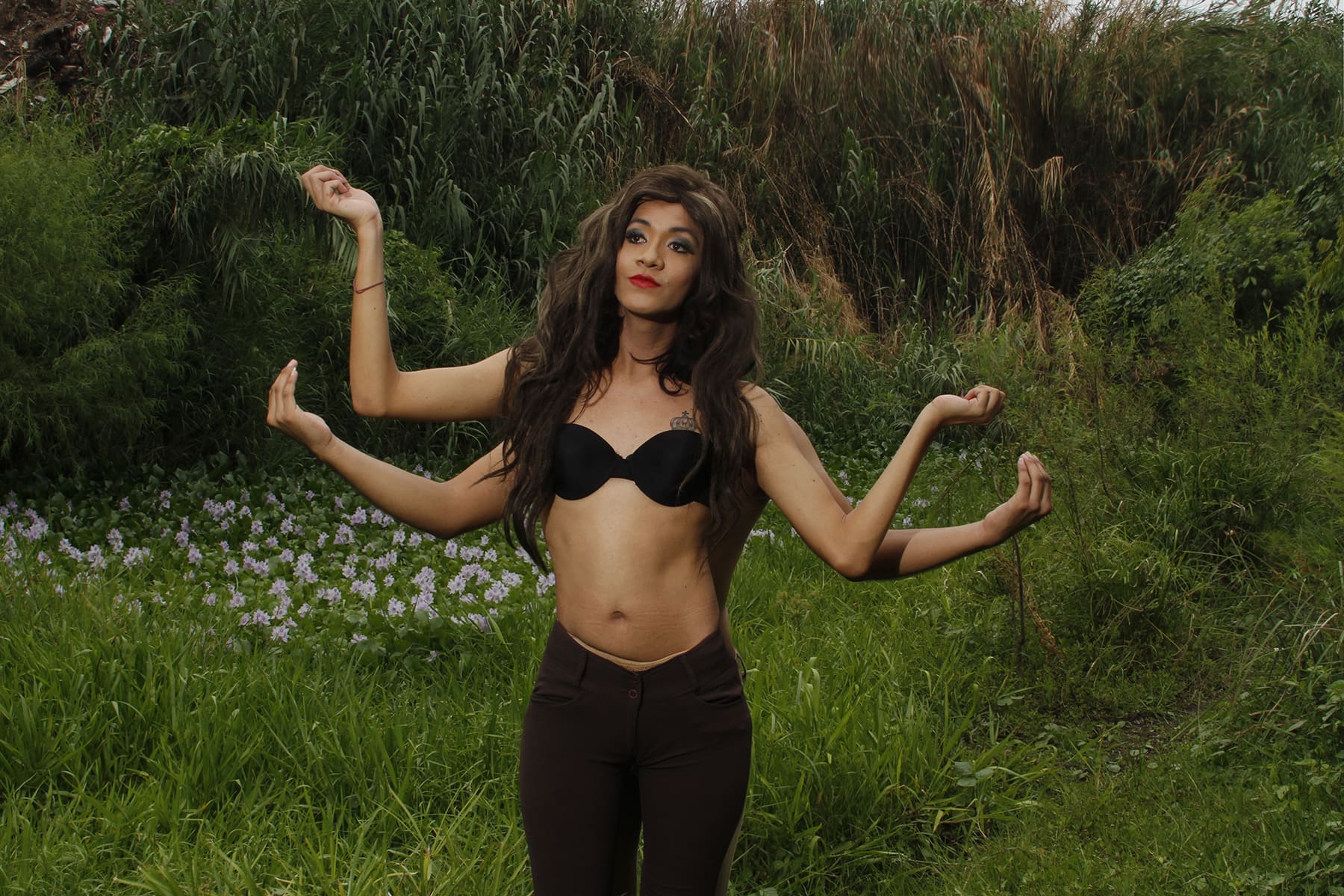
What happened in that encounter with the Muxes? What did you discover about them and yourself?
First, I felt rejected because I didn’t want to be like one of them. Deep down, I also denied something about myself. When you are a child in Oaxaca, specifically in my region, to be Muxe, you must have this feminine figure, have gestures, have certain types of work, and have a role in society. You have to dress a certain way, do things at parties, and wear makeup. In short, I knew I was homosexual, but I didn’t want to do all that.
With time I understood that you could be Muxe and not fit into what society expects, you can be from another place, but above all, I understood by accepting my identity. I discovered that there is not only the traditional Muxe. In Zapotec, in our language, that would be the Muxe Gunaa’, the authentic one who wants to be a woman; but there are also us Muxe Nguiiu, who can play feminine roles but not necessarily be a woman. But at the same time, you are in all the dynamics; you enter the cantinas, flirt with the men, and are well accepted among the women.
I came to understand all this when I took self-portraits. There was a unique and very intense moment in the project when one of them photographed me. From then on, I began to give in a little more; I began to accept the duality in me and explore my feminine side much more, which made me free myself more and be a little more open in my self-knowledge. Without the self-portrait, I think there would still be rejection in me.

In one of the texts on your page, you say that Muxes are constantly searching for beauty. What does that mean?
The Zapotec culture is very elaborate. Here in the Isthmus of Tehuantepec, there are the Tehuanas; women produced themselves a lot to go to parties or in everyday life. We see them as goddesses, so from childhood, the Muxes want to be like them, and from an early age, they begin to work on their beauty and femininity. Of course, the media plays an essential role by constantly showing beautiful women who become references.
There is a discussion about whether the Muxes want to surpass women. It seems to me that it is a recognition of women and the way to do it is that the Muxes are constantly looking for and building that beauty. When they go to Mexico City, some intervene with their bodies, such as taking hormones or having surgery. It is a tribute to the beauty they recognize in women.
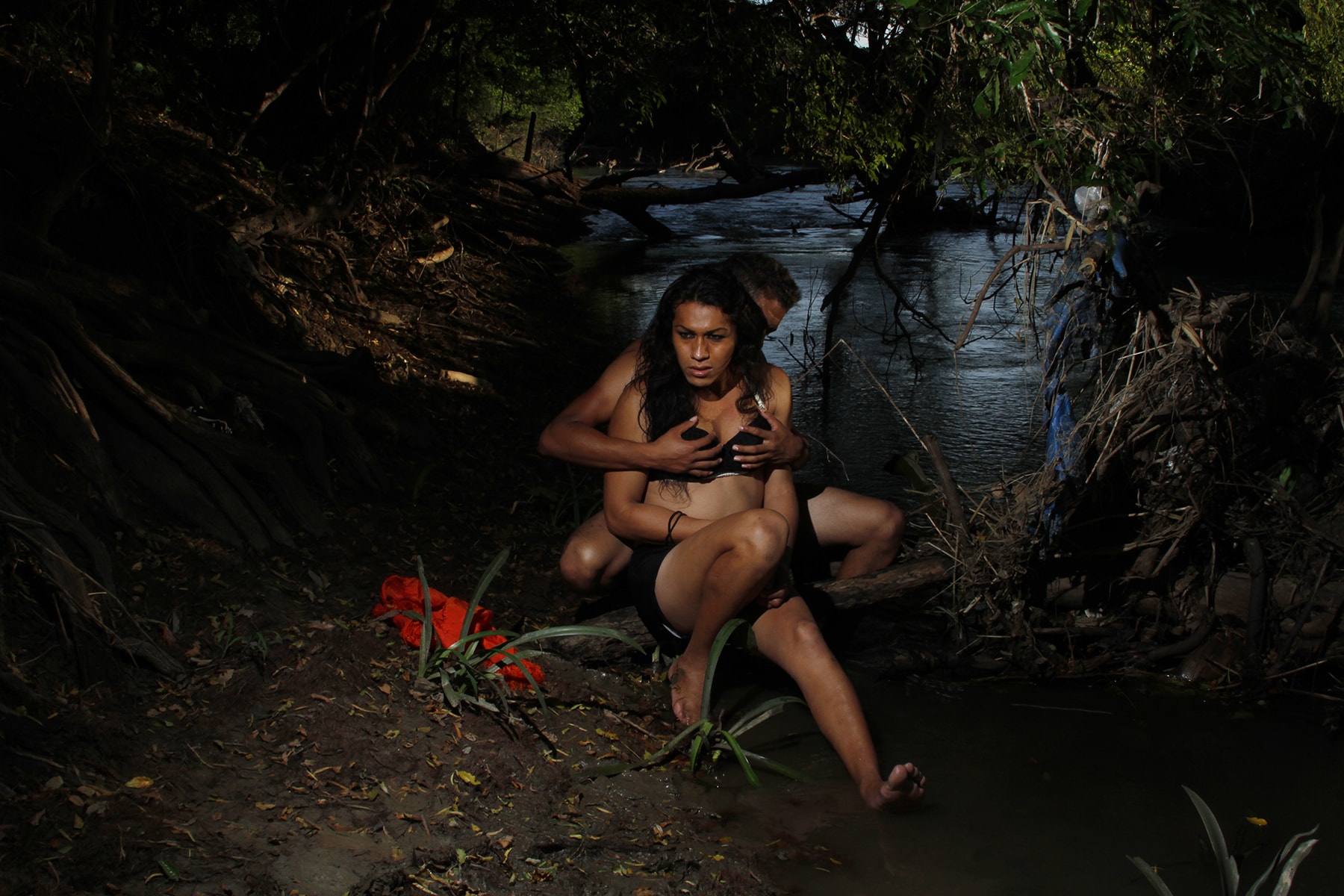
How can the word Muxe be translated into Spanish?
That’s a difficult question. A Muxe is a person, considering the differences I already mentioned between the Muxe gunaa’ and the Muxe inguiiu, born in the Isthmus of Tehuantepec in Oaxaca with male sex but identifies with the female gender. It has to do with culture and a specific place in Mexico where people recognize and respect them. Here they have a significant social value.
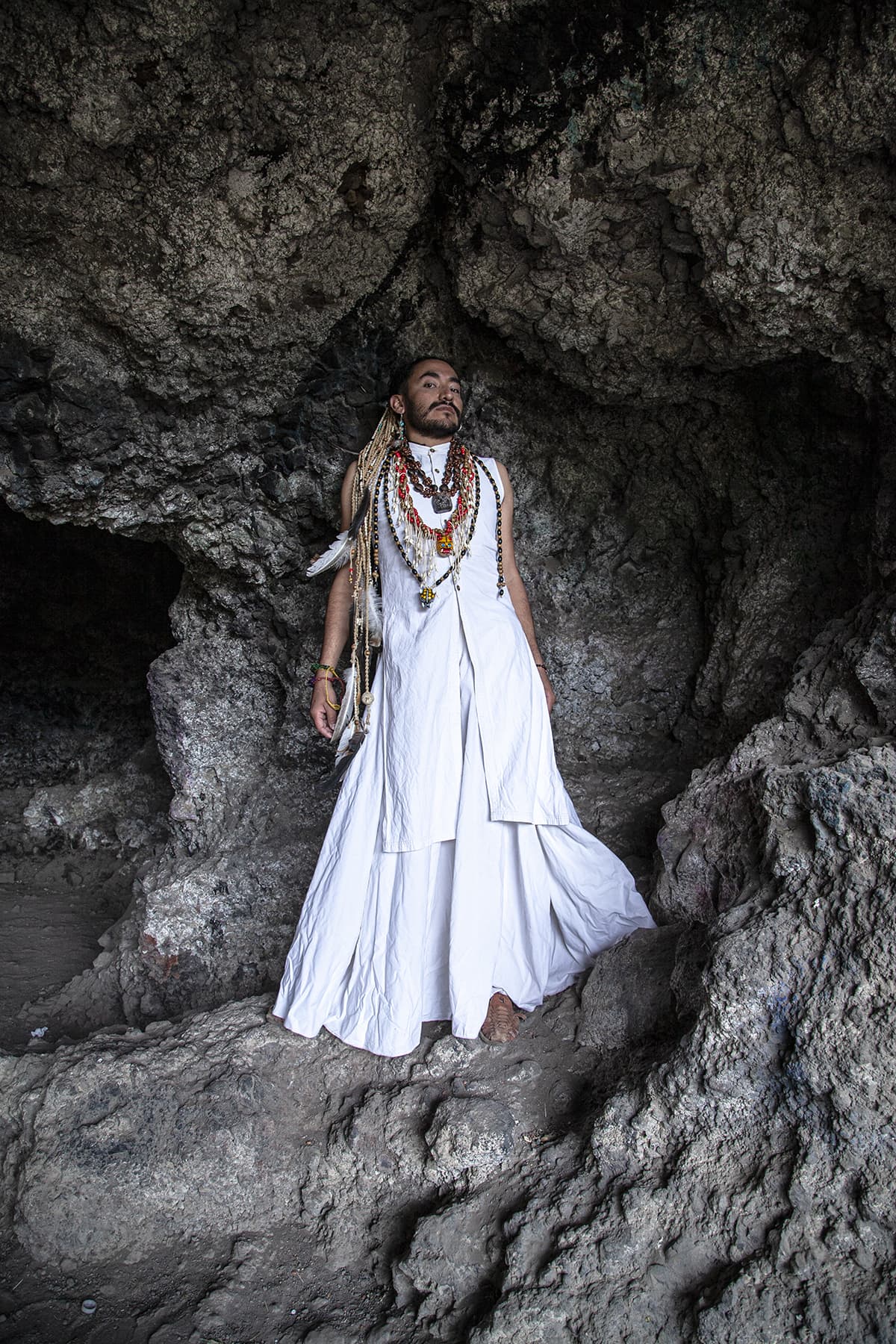
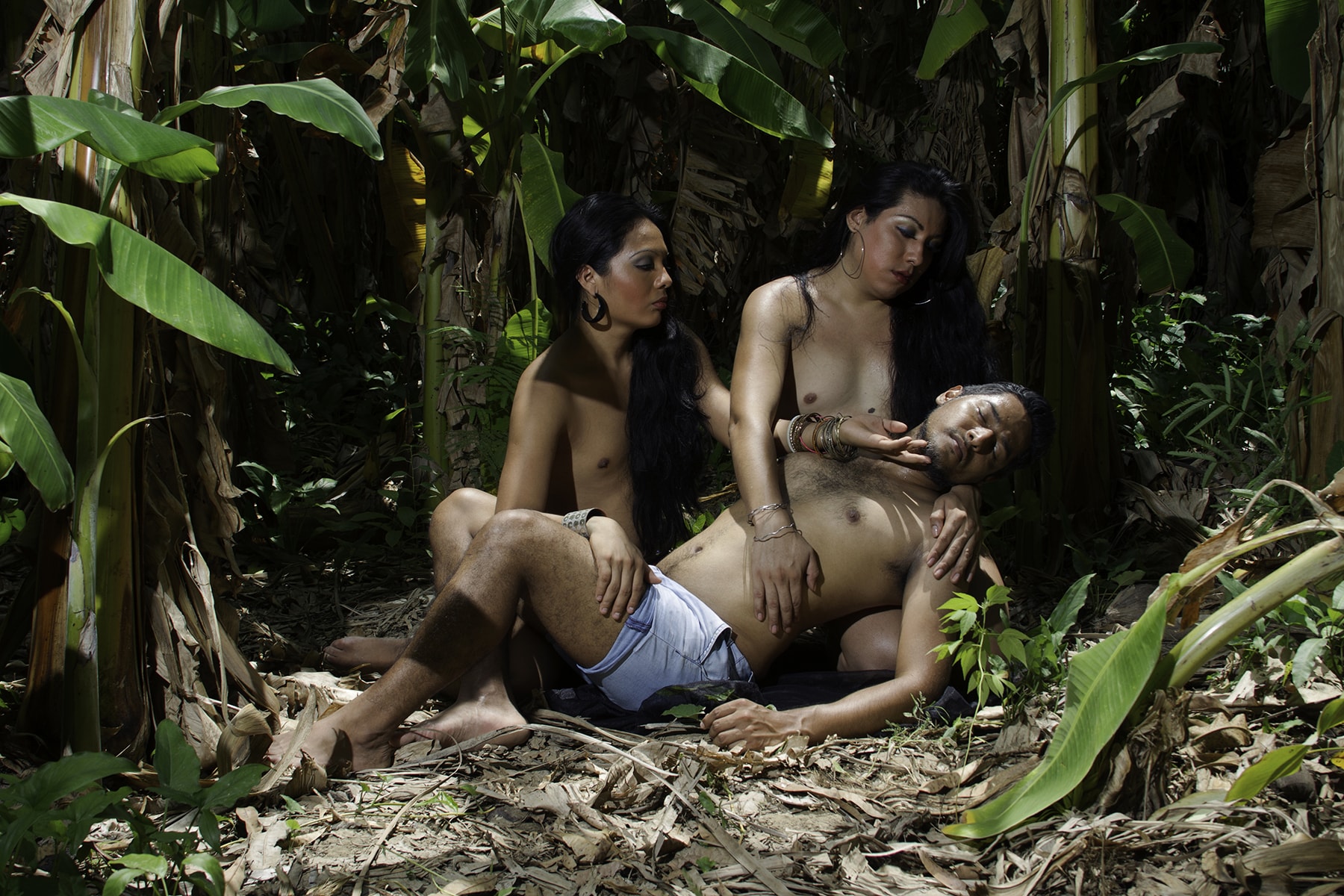
You also did Transamazónicas, a work with trans women in the Amazon. Did you see similarities or differences with the muxes?
It is an emerging community because they have been out of the closet for 12 to 15 years. They also come from native peoples and are also looking for this way of expressing their beauty, gender, and sexuality. The muxes came to public light more than 50 years ago. Society in Oaxaca is a little more open and accepts them, although there is still discrimination. On the other hand, Amazonic trans women do not live in towns but in the jungle. There they feel they can be free and do what they want. They are discriminated against by the indigenous communities and other inhabitants of the villages. In the end, they feel they have to leave the area. In general, they have the same flow. I showed them Muxes pictures, and they felt very identified. They said they wanted that.
You mentioned the role of the media in the beauty search and the impact that was seeing the muxes had on Amazonian trans women. How can your work contribute to the construction of references?
First, I think that muxes are already consolidated to some extent. In the media, there is a lot of talk about them. But other cultures need to be talked about; they need to have their space, freedom, and voice. For me, the work must do some activism, if we can put it that way. I don’t consider myself a social activist, but I believe that photographic work also has that function, in this case, to make them be seen so that women like them can have a name and a place in this society.
In the United States, I did a project on a subject not discussed much: transsexuality in the elderly. I am also talking about these new muxes and queer generations in Mexico. I believe that everything I am doing has a purpose: to talk about them, give them the importance they deserve, and open people’s minds.
What are you working on now?
I am working with people from different generations from other states of the Republic. I am interested in how they perceive themselves as queers. In particular, I am interested in this idea of masculinity but more fluid—everything from our Mexican roots, but with people who are flowing. For example, I photographed a character in Michoacán who has a beard, is white, but dresses in Michoacán women’s clothes. That is to say, I explore the queer community in Mexico and work with characters who, despite social prejudice and constant finger-pointing, live and express their gender identities and sexual orientations with strength.


